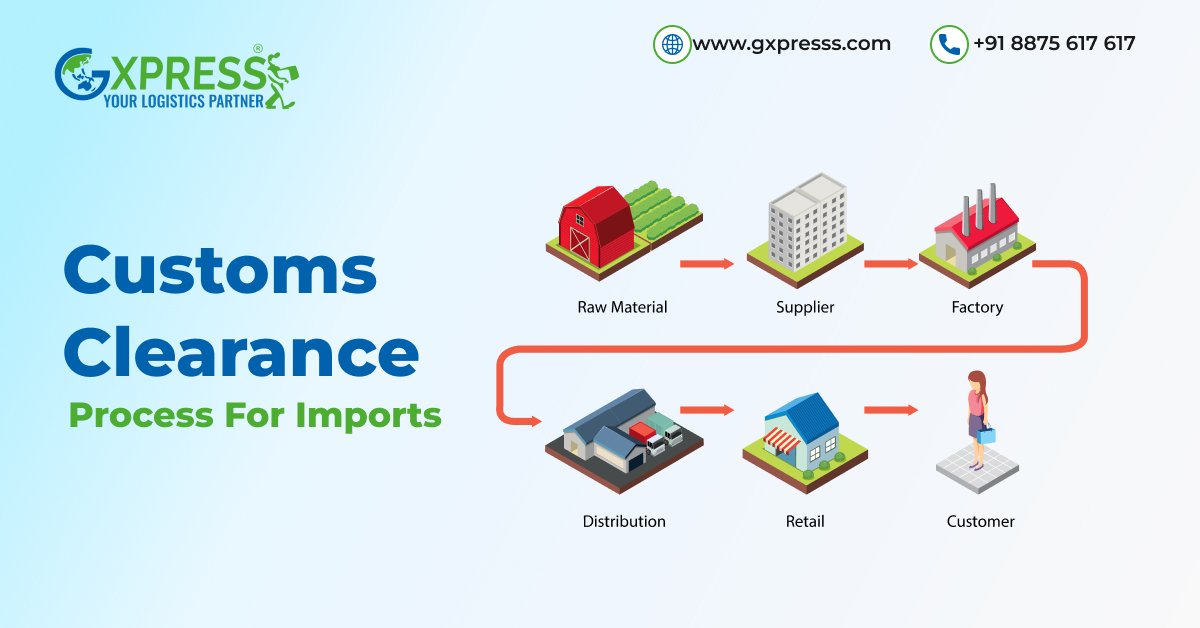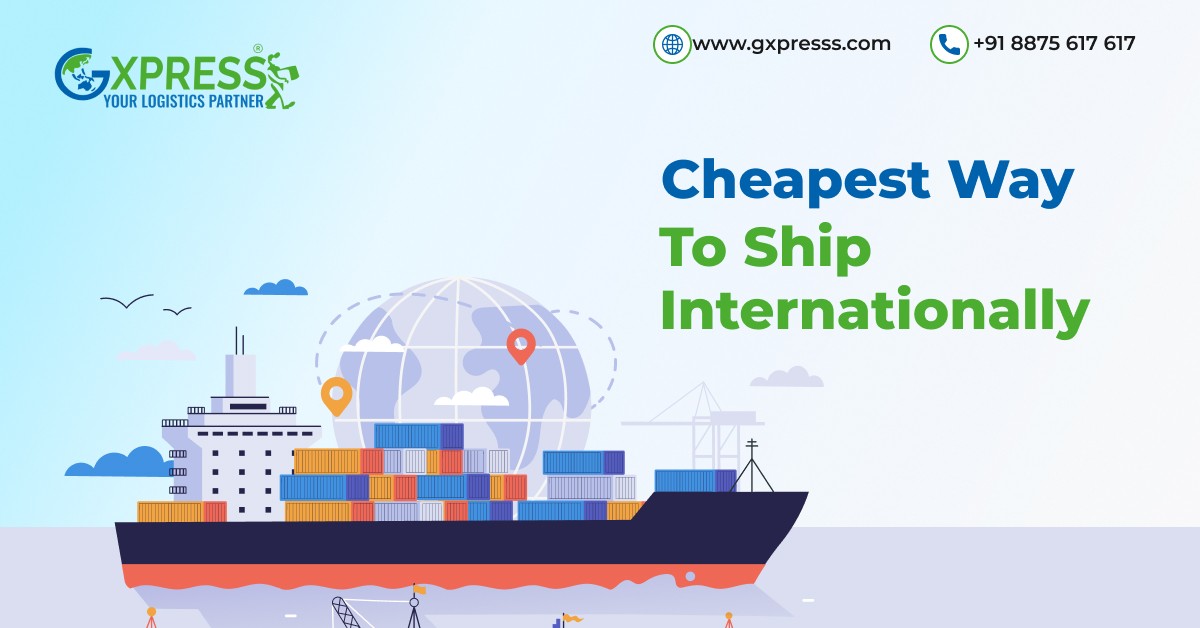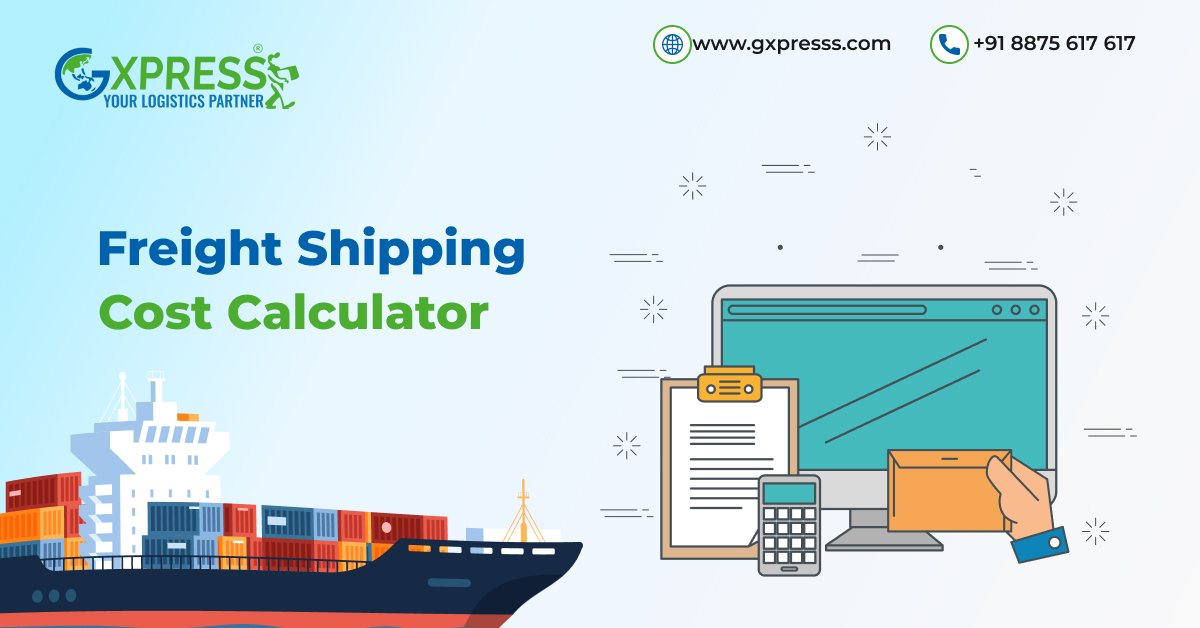August 25, 2025Freight8 min readBy Admin
Strategies for Indian Businesses to Offset US Air Cargo Tariff Hikes
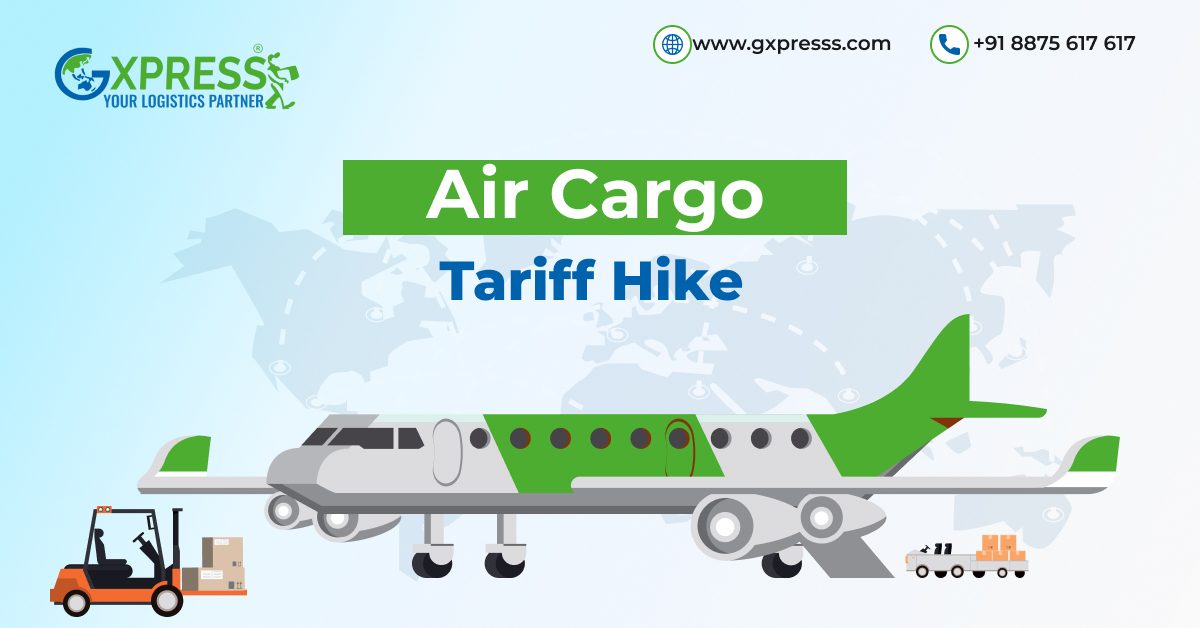
When the news of increased air cargo tariff hit, many in the export world felt the same way: shocked, upset, and worried. For Indian sellers, whether you send clothes to New York, handmade gems to California, or tech gadgets to Texas, this was more than just text on a page. It hit hard on profits, prices, and even strong customer ties.
So, what now? Like any big global trade issue, fee rises are not the end but the start of something new. Indian companies have choices, and though no one plan can fix it all, the right mix can ease the pain and maybe even turn things around.
Let's look at how this all plays out and then check out eight ways to help you adjust, fight, and win despite the new US air cargo fees.
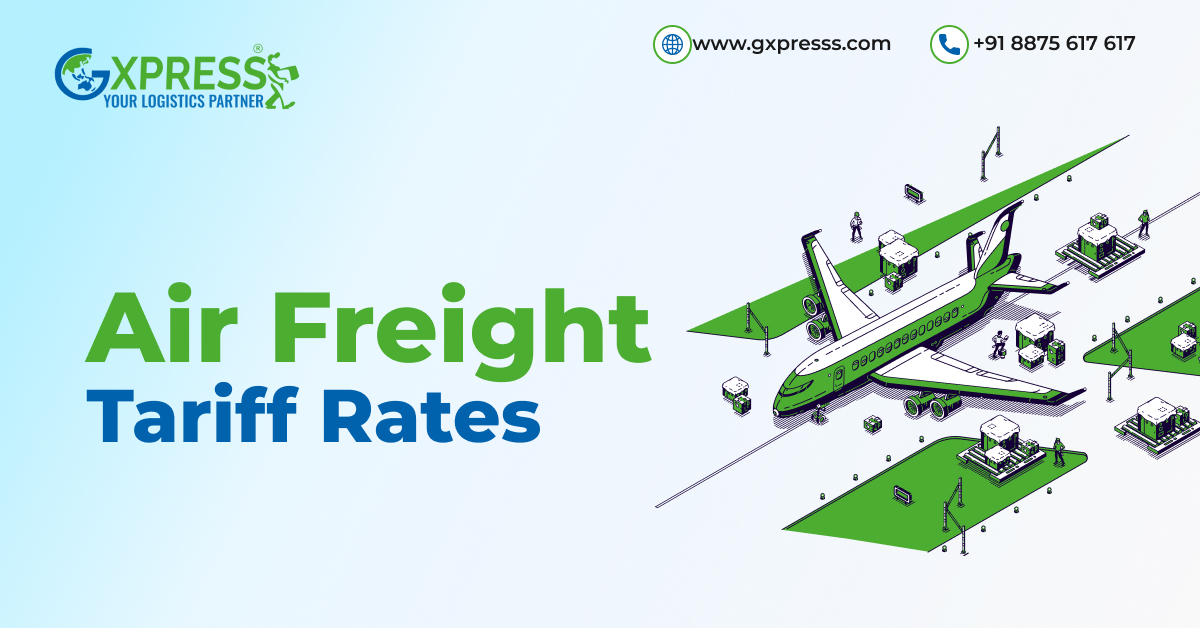
Air Cargo Tariff Changes
The United States, one of India’s most important trade partners, had revised its air cargo tariffs. Some categories saw hikes from 10% to as high as 50%, and shipments from India were slapped with a flat 25% tariff on certain product types. Interestingly, air freight costs themselves had dropped 20–30% compared to last year, but that relief was quickly overshadowed by the tariff hike. The irony wasn’t lost on anyone: moving goods had become cheaper in one sense but more expensive in another. And unsurprisingly, air freight rates went up by 5% just before the new US air cargo tariff was implemented. The sellers wanted to get their cargo into the US before the prices increased.The Impact of the US Tariff Hike on India
The US still buys a lot from India, mainly clothes, leather goods, drugs, spices, and tech items. With new tariffs:- Export costs rise: Bigger tariffs often push up prices in the US, making goods from India not as good a deal compared to things from places with low taxes.
- Pressure on margins: Sellers either take on the tariff costs, cutting into their own profits, or pass them to buyers, who may then cancel orders.
- Buyer hesitation: Some US buyers might start looking for suppliers in places without tariffs, mostly when they need a lot of goods.
- Cash flow challenges: Higher costs might mean late payments or new deal terms, hurting day-to-day money needs.
Strategies Indian Businesses Can Use to Offset the US Air Cargo Tariff Hike
1. Know the Air Freight Tariff Rates Inside Out
It seems clear, but lots of shippers just look at the final price without seeing how it breaks down. Know the detailed rates for your HS (Harmonized System) code, product type, and weight. This can help you:- Find where the costs are too high.
- See chances to list products under new HS codes if it's legal.
- Talk better with shipping companies.
2. Diversify Shipping Methods
Air freight is quick, but often pricey when tariffs are high. For less urgent sends, think about:- Sea-Air mix: Send some way by sea to a near port (like in Europe or the Middle East), then by air to the US.
- Consolidated air freight: Share the space with other shippers to cut costs per item.
- Direct vs. indirect paths: Going through a third place with good trade deals might help, but you need to follow rules and do paperwork.
3. Negotiate with Freight Forwarders and Airlines
Taxes are set, but shipping costs change. Friendly relations with shippers and agents can get you:- Lower prices for big sends.
- Special low prices at times.
- First pick of space when it's busy.
4. Explore Trade Agreement Benefits
While India and the US don't have a free trade deal, many senders use other places to get benefits from their deals with the US. For example:- Send half-made items to a place with good US air cargo tariff rates, finish them there, and then send them to the US.
- Work with makers over there for some steps to get lower taxes.

5. Optimize Packaging and Weight
US taxes often think about both value and weight. Small changes in how you pack can save a lot:- Pick strong yet light stuff to cut size-weight.
- Remake packs to use space better.
- Send items not fully made, "Semi Knocked Down" and "Completely Knocked Down” (SKD and CKD, respectively), and put them together in the US.
6. Rework Pricing and Contracts
Instead of just dealing with higher taxes, talk openly with US buyers:- Start shared cost models, where both sides cover some of the tax.
- Offer deals that last longer with set prices to make buyers feel steady.
- Give price cuts for big, less often ordered items.
7. Focus on High-Margin and Value-Added Products
When taxes hurt your profit, look at items that can handle the loss.- Move to the top, special items that people aren't as sensitive to price.
- Add personal touches or extra features that make higher prices okay.
- Put items together to seem worth more.
8. Use an Air Freight Cost Calculator
Guessing about shipping costs a lot. Use a good air freight cost tool, many are online or from shipping partners, to help you:- See the full costs, including taxes.
- Look at different sending options.
- Make fast choices on urgent orders.
Conclusion
The US air cargo tariff jump is hard, more so for those who sell abroad and count on fast shipping. Yet, it's not the end. Often, times like this show who can move fast and think ahead from those who can't let go of the old ways. By getting how costs work, mixing up shipping ways, negotiating deals well, using trade deals, making packs better, changing price plans, aiming at big-profit items, and using cost tools, Indian sellers can soften this blow and keep up in the game. World trade will always face ups and downs: cost changes, fuel cost shifts, money value moves, and new rules. The ones who win are those who can adjust, find chances when times are tough, and keep their eyes on their big goals. In short, this isn't just about making it through a cost rise; it's about making your export plan strong for the future.Frequently Asked Questions
Q1. What is the tariff rate in cargo?
For India, it used to be 25% but recently an additional 25% has been implemented in the charges, making it a total of 50%.Q2. How are air cargo rates calculated?
Air cargo rates are usually calculated by weighing the cargo by its weight and volume. Then it is multiplied by the ongoing rates as per the items.Q3. How do tariffs affect air cargo?
Tariffs make the total cost of goods higher. This means air-shipped items get more costly for importers, and might cut down on the need for air cargo help.Q4. Who has control of tariffs?
A country's government sets and runs tariffs, often through its trade or money teams.Q5. Do tariffs cause inflation?
Yes, tariffs can make inflation go up by making what we bring in cost more, which often makes prices higher for shoppers.Q6. What is the main disadvantage of tariffs?
The biggest bad side is less trade power; tariffs can make items cost more, cut down on market reach, and make trade talks tough.Share this article:

